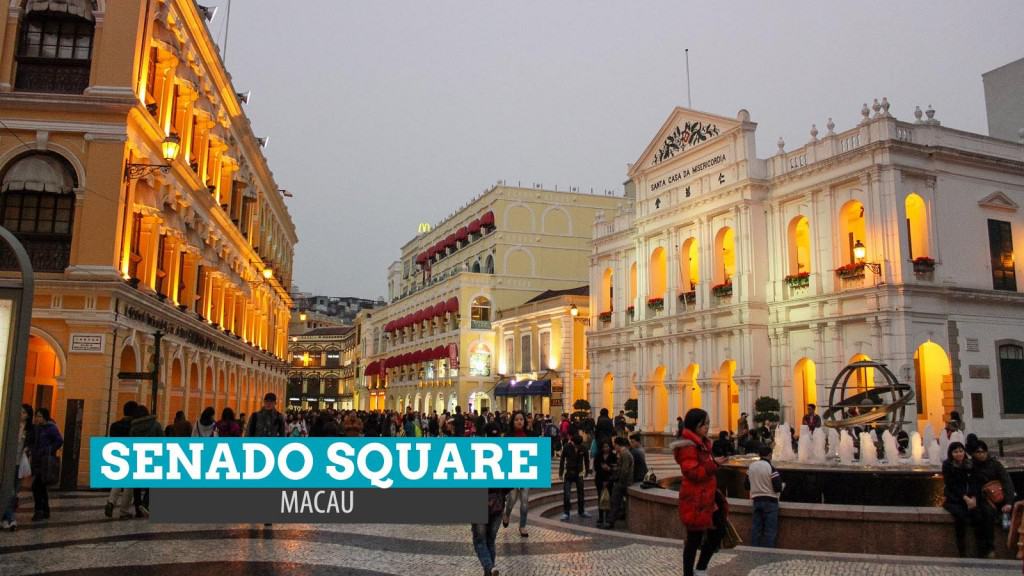It was supposed to be a short walk. But it was impossible to not take the time.
My senses were overloaded upon crossing Avenida de Almeida Ribeiro. Distinct and impressive facades delighted my eyes. The clanking of the shoes on the mosaic ground was music to my ears. And the scent of pork chop buns that some tourists held while wandering around gave me more motivation to explore the area.
I began my walk at the Senado Square (Largo de Senado), a 3,700-square meter public plaza at the Historic Center of Macau. It fronts the Leal Senado Building, the seat of the city government during the Portuguese rule. It is surrounded by other brilliantly designed buildings. At the center a statue of a Portuguese soldier named Mesquita used to stand, but it was destroyed and replaced with a small fountain when the Chinese took control of the city again.
Following the black and white stones that make up the wave-patterned mosaic ground, I made it past the imposing architecture and into the lanes of fashion boutiques and shops. It was mid-February, and although it wasn’t peak season the area was teeming with tourists traipsing and suddenly stopping for obligatory photos with the colorful display as backdrop. Even I could not resist it, snapping away as I dragged my feet around.
The yellow-painted St. Domingo’s Church (St. Dominic’s Church) stood out and stole my attention for a moment. It was closed. (The other time I was here, I was able to enter and see its interiors. I wasn’t able to take photos though because there was a mass.)
When I took another turn, I spotted the iconic Ruins of St. Paul Cathedral. I knew I was in the right direction. I thought it would just be a short walk from here, but distractions made this street their home. Everything here was magnetic. From the souvenir shops to food stalls, I was bombarded with a storeful of alley that was craving to have me craving more.
The Ruins of St. Paul’s was all that was left of what was once the biggest Catholic Church in Asia. The first church was constructed in the 1580s by local craftsmen and Japanese Christians, who was said to have fled persecution in Japan. Two big fires later, it burned down. A new Baroque-style church was completed in 1637 only to burn down again in 1835, leaving only its magnificent facade, which remains standing today.
How to get to Senado Square: From Macau Outer Harbor Ferry Terminal or Taipa Ferry Terminal, take the free shuttle bus to Grand Lisboa. From here, Senado Square is just a 10-minute walk away. Just walk down Avenida de Almeida Ribeiro and you’ll see it on your right.
